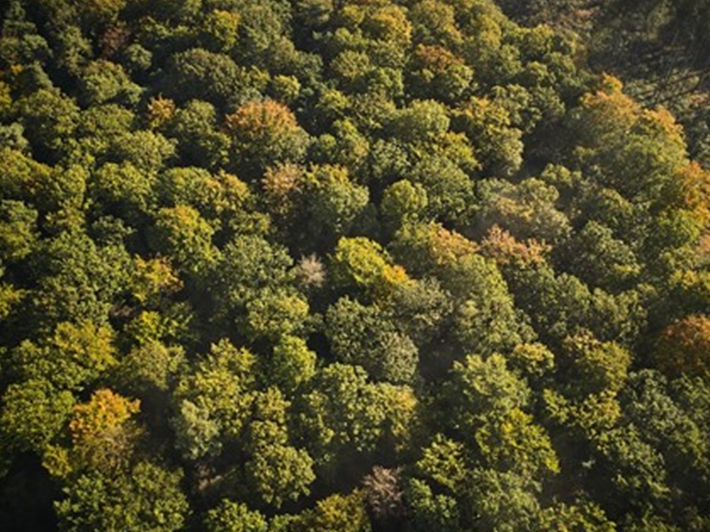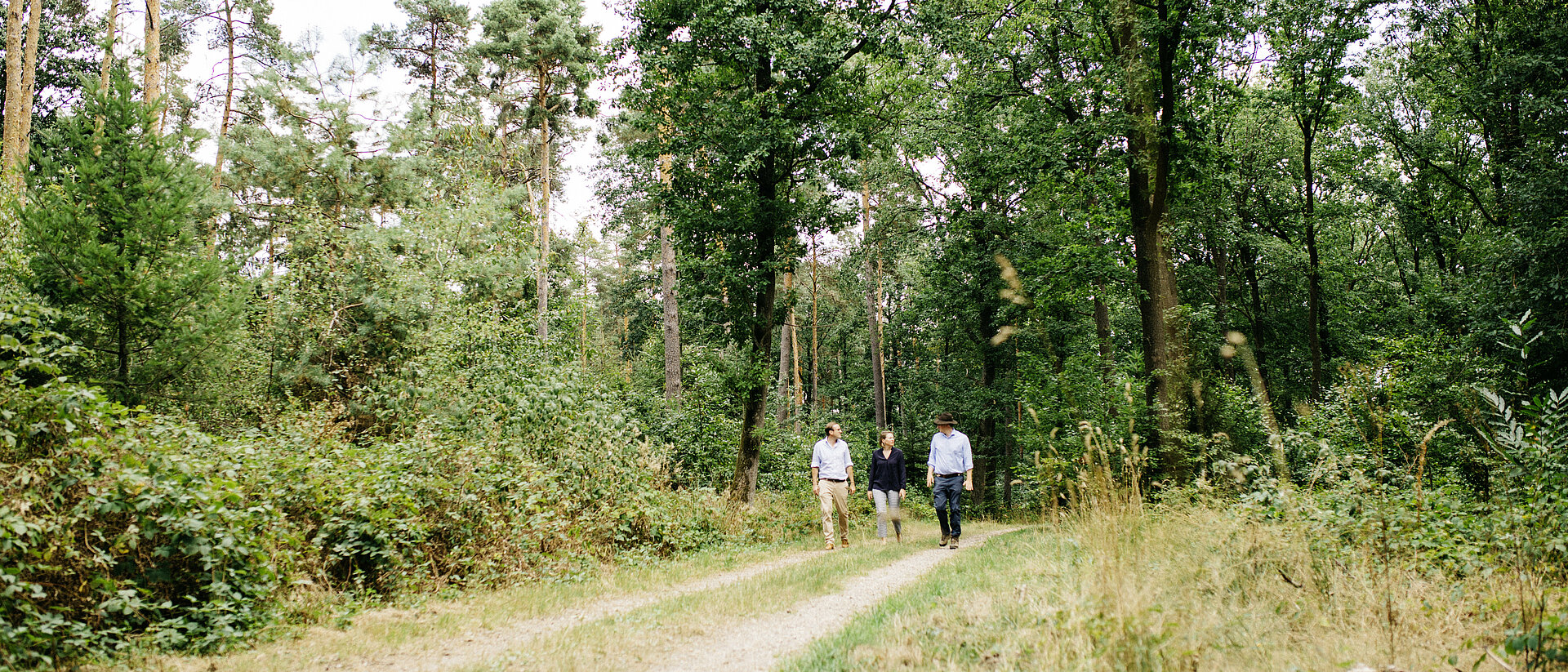Added value in forestry and agriculture
Forestry and agriculture are indispensable foundations for our society. Both create not only economic, but also ecological and social added value. They provide our livelihood and renewable raw materials, create jobs and are the basis for sustainable and future-oriented development.

CREATING VALUE
FORESTRY AND AGRICULTURE AS EMPLOYERS
- Investments in agriculture and forestry strengthen rural areas and create economic prospects. The timber industry, from forest management to wood processing and wood energy, has a high level of value creation. Similarly, agriculture creates numerous jobs along the entire production chain, from arable farming to the food trade.
- In the USA alone, around 120,000 people work in the forestry industry, which generates a turnover of over 17 billion dollars. In Europe, agriculture directly employs over 10 million people and thus ensures economic stability in many regions. Both create growth and development and social cohesion, particularly in structurally weak areas.
- In addition to economic benefits, forestry and agriculture make a strong social contribution by strengthening rural communities and creating prospects.

IN HIGH DEMAND
INCREASING DEMAND WITH LIMITED SUPPLY
- The demand for forestry and agricultural products is constantly increasing, while at the same time the land available for their use is limited. In 2020, around 5 billion cubic meters of wood were felled worldwide, and demand is increasing by 100 million cubic meters every year. The situation is similar in agriculture, where a growing world population with increasing prosperity and simultaneously increasing land sealing is driving demand for arable land and food.
- Wood is a sought-after raw material, whether as a building material, for paper production or as an energy source. Agricultural products are indispensable both for food and as renewable raw materials. This imbalance between supply and demand increases the attractiveness of investments in forestry and agriculture.

SUSTAINABLE AND FUTURE-FORWARD
RESOURCE-SAVING AND CLIMATE-FRIENDLY
- Global urbanization and the targets for reducing carbon emissions by 2050 require innovative approaches to the use of natural resources.
- Forests and agricultural land are key players in climate protection and the sustainable use of resources. Forests store CO2 in the long term and contribute to decarbonization through the production of construction and furniture wood. In contrast to steel and concrete, around 1.9 tons of CO2 are absorbed per ton of wood. Harvesting wood creates space for new trees, which in turn can store carbon. At the same time, wood ensures a healthy indoor climate, is versatile and can be fully returned to the natural cycle. Agriculture, on the other hand, manages soil and water resources responsibly. Soil fertility is maintained through modern cultivation methods. Plant residues and wood waste are increasingly being used to generate bioenergy, replacing fossil fuels and saving millions of tons of CO2.
- Both sectors are indispensable for the creation of natural economic cycles and make a significant contribution to the energy transition.
Are you a private or institutional investor?
Salm-Salm & Partner supports its investors with a broad range of information on asset allocation, investment management and market information. It is therefore important for us to know what type of investor you are. Professional investors according to §67 WpHG are institutional investors and distributors. To help us provide you with the right information, please select one of the following options. Translated with www.DeepL.com/Translator (free version)
Salm-Salm & Partner accepts no liability for the unauthorised use of the following content.
